
- Shandong Loyal Industrial Co.,Ltd.
- SHORT-CUT PASTA PRODUCTION LINE LONG-CUT PASTA PRODUCTION LINE INSTANT PASTA PRODUCTION LINE
Home> Application> What you must know about the fully automatic pasta machine

What you must know about the fully automatic pasta machine
Introduction of ully automatic pasta machine
In the dynamic landscape of the pasta and macaroni production industry, the integration of fully automatic machines represents a revolution in efficiency and energy savings. This introduction provides a comprehensive overview of the industry's modern state, highlighting the increasing importance of automation in shaping manufacturing processes. It introduces the central theme of the article—the transformative impact of fully automatic pasta macaroni machines on efficiency and energy conservation.The Macaroni Pasta Production Line technology of Shandong Luoya Industrial Co., Ltd. has introduced advanced technologies from Gidamak and ITALGI S.r.l. .
Evolution of Pasta Macaroni Production Technology
This section delves into the historical context of pasta and macaroni production, tracing the evolution of manufacturing methods. It explores the challenges faced in traditional processes and the imperative for innovation. The narrative unfolds with the pivotal transition from manual to automated processes, setting the stage for the emergence of fully automatic pasta macaroni machines.
Fully Automatic Pasta Macaroni Machines
A comprehensive exploration of fully automatic machines takes center stage in this section. It provides a detailed examination of the key features and advanced technologies that drive automation in the industry. Emphasis is placed on the efficiency and energy-saving capabilities inherent in these cutting-edge machines, setting a new standard for pasta and macaroni production.
Components of Fully Automatic Machines
This segment offers a meticulous breakdown of the components within fully automatic pasta macaroni machines. Each component's role in the manufacturing process is explained, with a specific focus on the innovative aspects contributing to elevated efficiency and energy savings. The intricate details provide readers with a clear understanding of the inner workings of these modern machines.
Efficiency and Energy Savings Through Automation
An in-depth analysis follows, exploring how fully automatic machines redefine efficiency in pasta and macaroni production. The article examines energy-saving features and sustainable practices, drawing comparisons with traditional and semi-automated methods. Through this analysis, the benefits of streamlined processes and minimized resource consumption become evident.
Technological Advancements in Pasta Macaroni Production
This section showcases recent technological innovations, including the integration of artificial intelligence and machine learning. Cutting-edge features that set the industry standard are highlighted, emphasizing how these advancements contribute to enhanced efficiency and energy savings. The role of smart sensors and real-time data analytics in optimizing operations is explored.
Case Studies
Real-world examples take center stage, featuring renowned brands and manufacturers such as Banza, Colavita, Garofalo, and Whole Foods 365 Everyday Value. These case studies provide tangible evidence of increased efficiency and energy savings achieved through the adoption of fully automatic pasta macaroni machines. The section also includes insights into sustainability practices in pasta and macaroni production.
Future Trends in Pasta Manufacturing
Anticipated trends and developments in the pasta production industry are examined in this segment. Predictions for the future of fully automatic pasta macaroni production technology are discussed, offering insights into advancements that will further enhance efficiency and energy savings.
Challenges and Solutions
This section delves into the challenges faced by the industry in adopting fully automatic pasta macaroni production. Proposed solutions and strategies are presented to overcome these challenges, with a focus on the industry's commitment to sustainability and eco-friendly practices.
Conclusion
The article concludes by recapping the myriad benefits of embracing automation in pasta and macaroni production. It offers final thoughts on the continuous innovation shaping the future of efficient and sustainable manufacturing. The dual impact of high efficiency and energy savings through fully automatic pasta macaroni machines is emphasized as a driving force for the industry's future.
Common Questions about Pasta Macaroni Machines
Q1: How do fully automatic pasta macaroni machines differ from traditional ones?
Fully automatic machines represent a revolutionary shift from traditional methods. Unlike manual or semi-automated processes, fully automatic pasta macaroni machines integrate advanced technologies to streamline production, ensuring higher efficiency and energy savings.
Q2: What key features make fully automatic machines stand out in pasta production?
These machines boast cutting-edge features like smart sensors, real-time data analytics, and artificial intelligence. These technologies optimize the manufacturing process, leading to enhanced efficiency, precision, and resource management.
Q3: Can fully automatic machines handle a variety of pasta shapes and sizes?
Absolutely. One of the advantages of fully automatic machines is their versatility. They are designed to handle various pasta shapes and sizes, offering manufacturers flexibility and customization options.
Q4: How do brands like Banza and Colavita utilize fully automatic machines in their production?
Banza and Colavita are industry leaders leveraging fully automatic machines. They have embraced these technologies to increase efficiency, maintain consistent quality, and implement sustainable practices. Their success serves as a testament to the transformative impact of automation.
Q5: Are fully automatic pasta macaroni machines eco-friendly?
Yes, these machines contribute to eco-friendly practices. The integration of energy-saving features, coupled with streamlined processes, minimizes resource consumption. Manufacturers adopting fully automatic machines are often committed to sustainability and reducing their environmental footprint.
Q6: What challenges might companies face when transitioning to fully automatic production?
While the benefits are significant, companies may encounter challenges such as initial setup costs, employee training, and adapting to new technologies. However, the long-term gains in efficiency, quality, and sustainability usually outweigh these challenges.
Q7: Are there ongoing advancements in fully automatic pasta macaroni machine technology?
Certainly. The industry is dynamic, with continuous advancements in automation technology. Manufacturers are exploring innovations like enhanced connectivity, further integration of AI, and even more energy-efficient components to stay at the forefront of efficiency and sustainability.
Contact Us

- Shandong Loyal Industrial Co.,Ltd.
- Telephone+86 13176674591
- Email[email protected]
- WhatsApp+86 13176674591
- WeChat13176674591
- AddressC623, Jiahui Global Plaza, No. 548, Beiyuan Street, Tianqiao District, Jinan City, Shandong Province
- Factory AddressADD -300m North of Zhangxia Industrial Park, Binhe Road, Zhangxia Town, Changqing District, Jinan
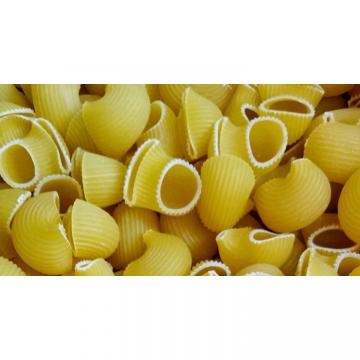



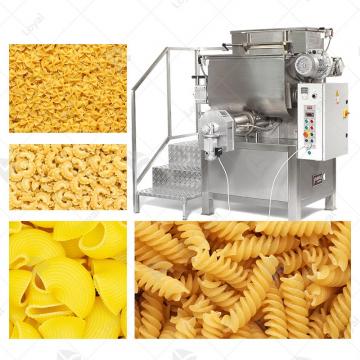
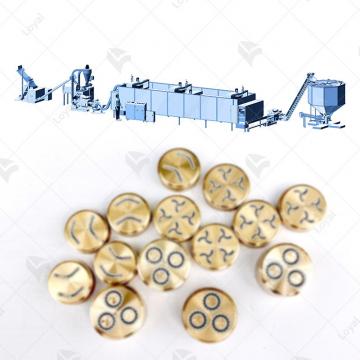 Pasta Processing Equipment
Pasta Processing Equipment Spaghetti Pasta Production Line
Spaghetti Pasta Production Line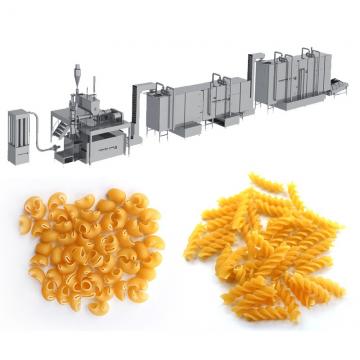 Vacuum Extruder Pasta Machine
Vacuum Extruder Pasta Machine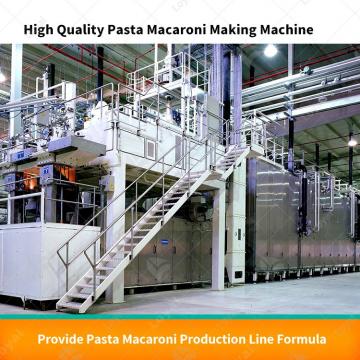 DRY PASTA PRESS MACHINE
DRY PASTA PRESS MACHINE